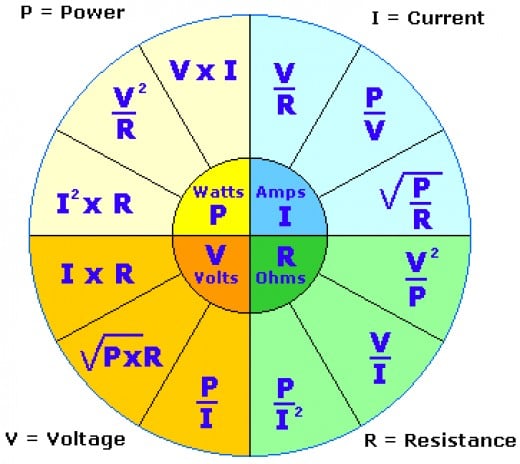

Imagine trying to stop that with your thumb! The Jet d'Eau at Geneva uses an enormous pressure to create a fountain several hundred feet high. If you try the same at the kitchen tap, probably fed directly off the water main, you're likely to get very wet because the pressure is much higher. If you put your thumb over the bathroom tap and turn it on, you can probably stop the flow because you're only holding back the pressure of the water from the tank in the loft just a few feet above your head. Positive and negative charges attract one another, which is what keeps the electrons bound in an atom. Normally, the positive and negative charges cancel exactly.

Electrical Circuits - doing the roundsĪn atom consists of a very dense nucleus carrying a positive electric charge surrounded by a cloud of electrons, each having a negative electric charge. Mains-powered appliances such as vacuum cleaners, washing machines and power tools contain powerful electric motors which can easily cause injury to fingers. Uncontrolled, it can cause serious burns or start a fire. An excessive current flowing in a wire will make it hot. Nevertheless, if the jolt causes you to fall off a ladder or cause some other accident, it might kill you that way instead.

Much higher voltages, for example from static build-up, can give you a nasty jolt but may be incapable of killing you if they are unable to sustain sufficient current. In normal circumstances anything less will give you no more than an unpleasant tingle.
AMP V WATT UPGRADE
Alternatively, if you are looking to upgrade your current UPS, refer to our UPS Upgrade Selector and don’t forget to utilize our Trade-UPS Program which allows you to receive up to a 25% discount on the purchase of a new APC by Schneider Electric UPS when you trade in your old model, regardless of the manufacturer.įor further discussion regarding the differences between Watts and VA please refer to White Paper 15, Watts and Volt Amps: Powerful Confusion.In the worst case scenario (wet hands and standing in the bath) you can kill yourself with 50V. Please refer to our UPS Selector for help properly sizing a UPS. The difference between 0.8 or 0.9 power factors and a unity power factor (1.0) may not sound like much – but when you take into account the fact that the extra available wattage can be used to support additional loads and extend run times it is easy to see how the next generation of Smart-UPS On-Line will increase your availability while saving you money. Smaller models of the next generation of Smart-UPS On-Line have a 0.9 power factor or higher, and all are Energy Star™ qualified regardless of VA. Models 6kVA (6000 VA) and higher have a unity power factor, which means VA translates to an equal amount of Watts (i.e. This power factor is what really matters when sizing a UPS for your specific requirements.ĪPC™ by Schneider Electric’s™ latest generation of Smart-UPS™ On-Line now delivers innovative features to help you make the most of your energy™. The ratio of the Watts to VA is called the "Power Factor" and is expressed either as a number (i.e. What you really need to know is that for electronics such as computers and UPSs, Watt and VA ratings can differ significantly with the VA rating always being equal to or larger than the Watt rating. The Watt rating determines the actual power purchased from the utility company and the heat loading generated by the equipment and the VA rating is used for sizing wiring and circuit breakers. Watts is the real power drawn by the equipment, while volt-amps are called the "apparent power" and are the product of the voltage applied to the equipment times the current drawn by the equipment. Most of us have heard of Watts before – and have some understanding that each piece of equipment has a certain amount of Watts it draws to operate, but how exactly does that relate to a UPS? And what is a VA anyway?Įlectronics have both maximum Watt ratings and maximum VA (volt-ampere) ratings and neither the Watt nor the VA rating of a UPS may be exceeded by the attached equipment (load). So have you ever decided to research some UPSs to see which is the right fit for you, only to be left asking yourself, "Watts? VA? Huh?" Between the increasingly fragile power grid, the escalating power consumption of IT equipment and the constantly increasing importance of our network, it isn't difficult to see the value a UPS (uninterruptible power supply) has to not only a business, but a home.


 0 kommentar(er)
0 kommentar(er)
